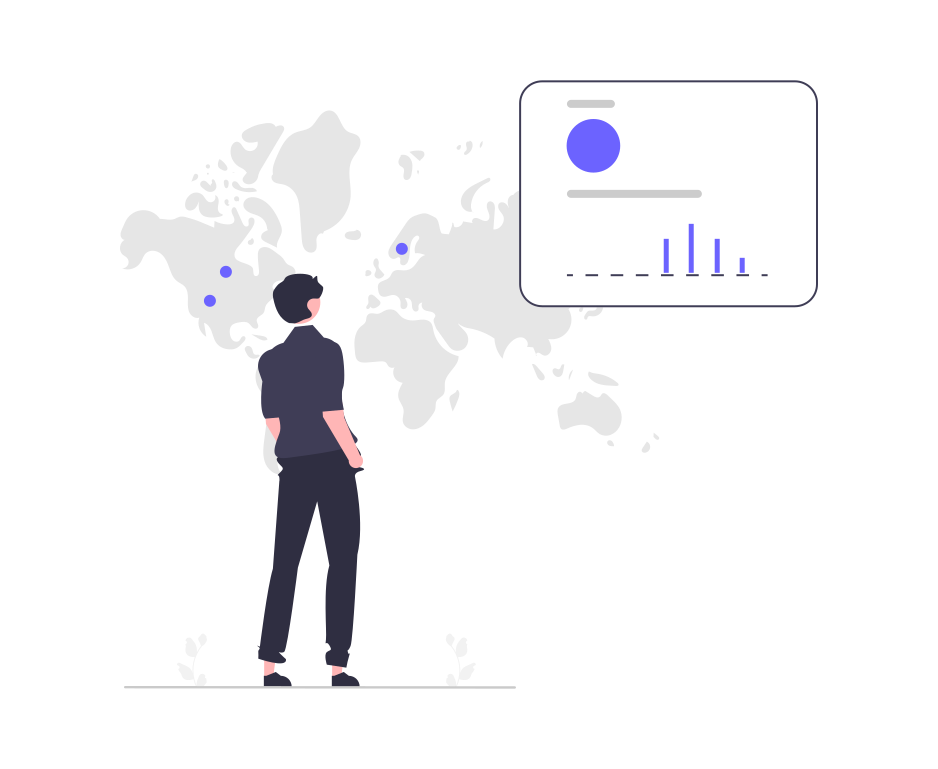Account-Based Marketing (ABM) has revolutionized how businesses target and engage their most valuable prospects. One of the critical elements of a successful ABM strategy is demographic segmentation. By tailoring your marketing efforts to specific demographic groups, you can create more personalized and effective campaigns. This guide will walk you through the process of implementing demographic segmentation in your ABM strategy.
Understanding Demographic Segmentation
Demographic segmentation involves dividing your target audience based on demographic factors such as age, gender, income, education, and occupation. This segmentation helps in crafting personalized messages and offers that resonate with specific groups.
Step 1: Define Your Target Demographics
Before you start segmenting, identify the key demographic characteristics that are relevant to your business. Consider factors like:
- Age: What age groups are most likely to benefit from your products or services?
- Gender: Does your product appeal more to a specific gender?
- Income Level: What income brackets can afford your offerings?
- Education Level: Does the complexity of your product require a certain level of education?
- Occupation: Are there particular industries or job roles that would find your product indispensable?
Step 2: Gather and Analyze Data
To segment your audience effectively, you need accurate data. Use the following methods to gather demographic information:
- CRM Systems: Utilize customer relationship management (CRM) tools to collect and organize demographic data.
- Surveys and Forms: Incorporate demographic questions in your surveys and registration forms.
- Website Analytics: Leverage tools like Google Analytics to gain insights into the demographics of your website visitors.
- Social Media Analytics: Platforms like Facebook and LinkedIn provide valuable demographic data about your followers and page visitors.
Analyze this data to identify patterns and trends that can inform your segmentation strategy.
Step 3: Create Demographic Profiles
Develop detailed profiles for each demographic segment. These profiles should include:
- Demographic Characteristics: Age, gender, income, education, occupation, etc.
- Behavioral Insights: How does this group interact with your brand? What are their purchasing habits?
- Needs and Pain Points: What challenges does this demographic face that your product can solve?
Step 4: Segment Your Target Accounts
Using the demographic profiles, segment your target accounts into groups. Each segment should have a unique set of characteristics that differentiate it from the others.
Step 5: Tailor Your Messaging and Content
Craft personalized messages and content for each demographic segment. Consider the following:
- Language and Tone: Adjust the language and tone of your communications to resonate with each demographic group.
- Content Formats: Different demographics may prefer different content formats. For example, younger audiences might favor video content, while older groups may prefer detailed articles.
- Offers and Incentives: Tailor your offers and incentives to match the needs and interests of each segment.
Step 6: Implement Multi-Channel Campaigns
Deploy your segmented campaigns across multiple channels to maximize reach and engagement. Ensure consistency in your messaging across:
- Email Campaigns: Use personalized email campaigns to target specific demographic groups.
- Social Media: Leverage social media platforms to reach different demographics where they are most active.
- Website Personalization: Use AI-powered tools to personalize website content based on visitor demographics.
- Advertising: Run targeted ads on platforms that allow demographic targeting, such as LinkedIn and Facebook.
Step 7: Monitor and Optimize
Regularly monitor the performance of your segmented campaigns and make data-driven adjustments. Use metrics such as:
- Engagement Rates: Track how different segments engage with your content.
- Conversion Rates: Measure the conversion rates for each demographic group.
- ROI: Evaluate the return on investment for your segmented campaigns.
Adjust your strategies based on these insights to continually improve the effectiveness of your ABM efforts.
Step 8: Scale and Refine
As you gather more data and insights, refine your demographic segments and strategies. Continuously test new approaches and scale successful tactics to achieve better results.
Conclusion
Implementing demographic segmentation in your ABM strategy can significantly enhance your ability to connect with your target audience on a personal level. By following these steps, you can create more effective, personalized campaigns that drive engagement and revenue growth. Remember to continuously analyze and optimize your efforts to keep your strategy dynamic and responsive to changing market conditions.


